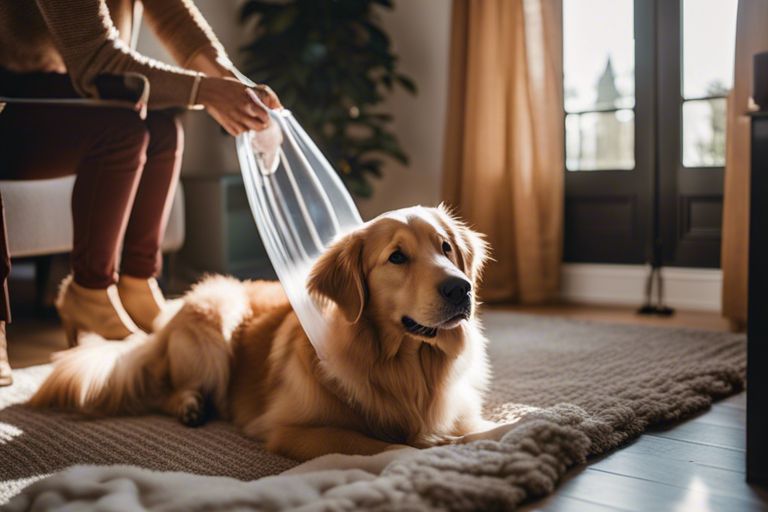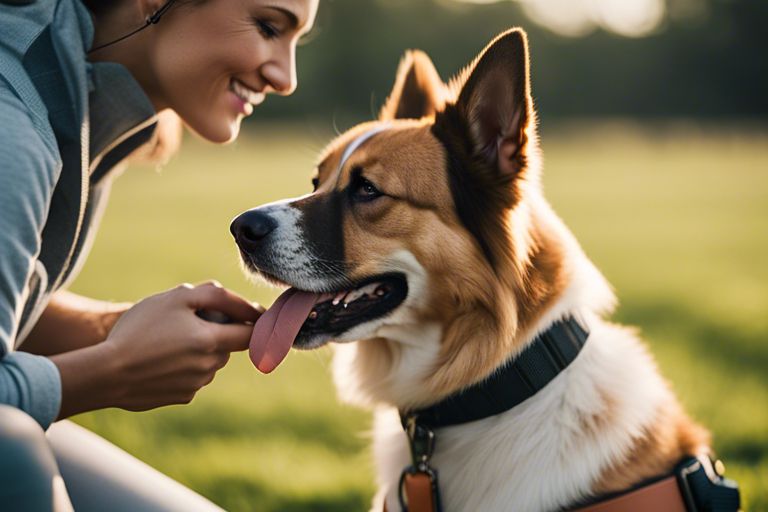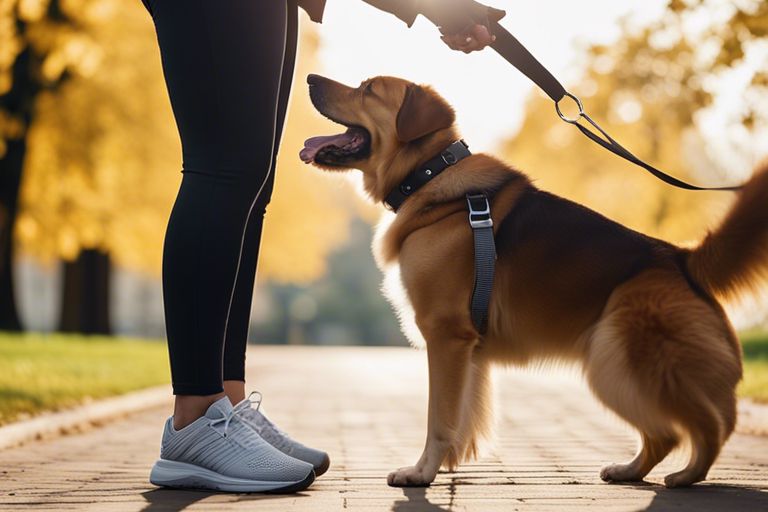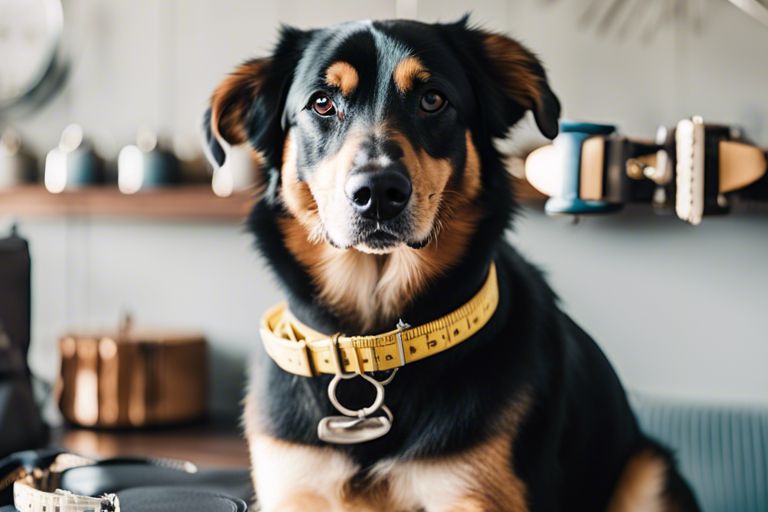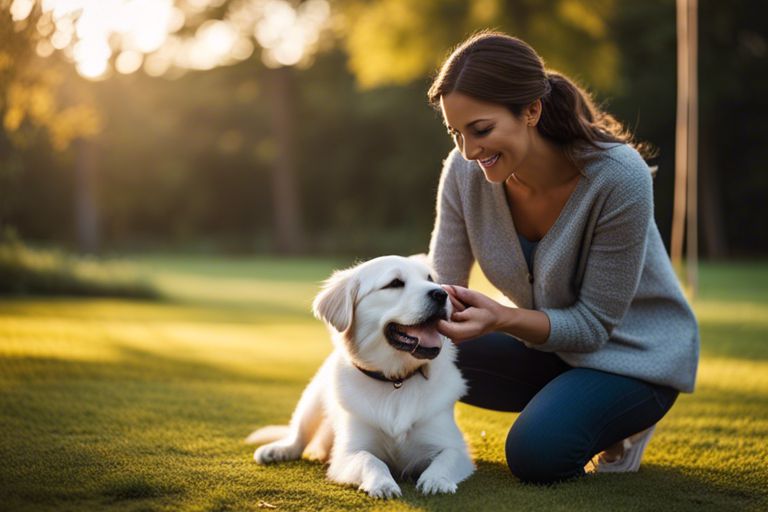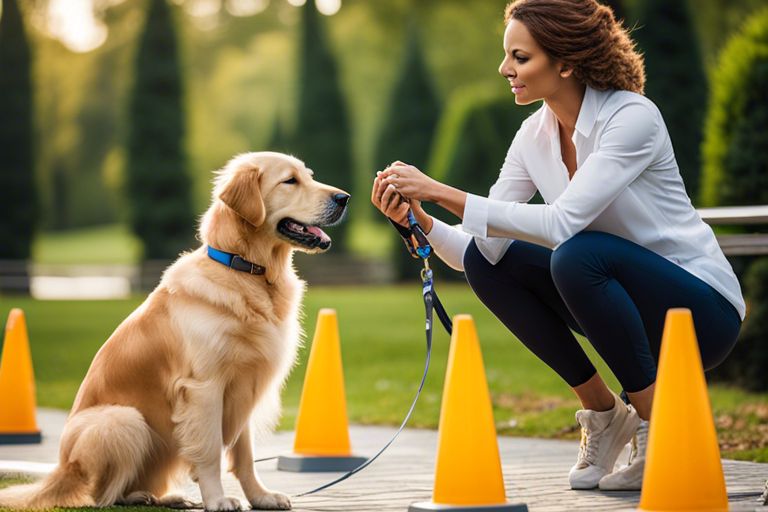Ensuring the proper fit of a collar for your dogs is crucial for their comfort and safety. A poorly fitting collar can pose risks such as choking or slipping out, so it’s important to measure your dog’s neck correctly before purchasing a collar. To do so, follow these simple steps to get an accurate measurement for your furry friend.
First and foremost, it’s essential to use a flexible measuring tape to measure your dog’s neck, as this will provide the most accurate results. Place the measuring tape around your dog’s neck at the point where the collar would normally sit, making sure it’s not too tight or too loose. Finally, take note of the measurement in inches and use this to select the appropriate size collar for your dog. By taking the time to measure your dog’s neck properly, you can ensure a comfortable and safe fit for your furry companion, giving you peace of mind while they’re out and about.
Key Takeaways:
- Use a soft tape measure: When measuring a dog’s neck for a collar, it’s important to use a flexible, soft tape measure to accurately determine the circumference of the neck.
- Measure snugly but not too tight: The tape measure should be snug against the skin, but not so tight that it causes discomfort or restricts the dog’s breathing or movement.
- Measure at the widest part of the neck: Find the widest part of the dog’s neck and measure around this area to ensure the collar will fit comfortably and securely.
- Allow for a two-finger gap: When choosing a collar size, make sure to leave enough room for a two-finger gap between the collar and the dog’s neck to prevent it from being too tight.
- Double-check the measurements: After taking the initial measurement, double-check the numbers to ensure accuracy before selecting a collar size for your dog. It’s better to be safe than sorry!

Tools and Materials Needed
Some How to choose the right size collar for my dog recommended tools and materials for measuring your dog’s neck for a collar include a flexible measuring tape, and alternative measuring tools and materials.
Flexible Measuring Tape
To accurately measure your dogs’ neck for a collar, a flexible measuring tape is essential. This will allow you to get an exact measurement without causing any discomfort to your furry friend. It’s important to ensure that the measuring tape is not too tight or too loose as this could lead to an ill-fitting collar that may cause injury or discomfort to your dogs.
Alternative Measuring Tools
With alternative measuring tools like a piece of string and a ruler, you can still get an accurate measurement of your dog’s neck for a collar. Using a piece of string allows for flexibility and is easy to manipulate around your dog’s neck. For instance, you can use a ribbon or a shoelace if a string is not available. Then, using a ruler, measure the length of the string to get an accurate measurement.
For instance, you can also use a fabric tape measure or a non-stretchy ribbon as an alternative to a flexible measuring tape. These can provide accurate measurements as long as they are used carefully and the correct measurement is taken.
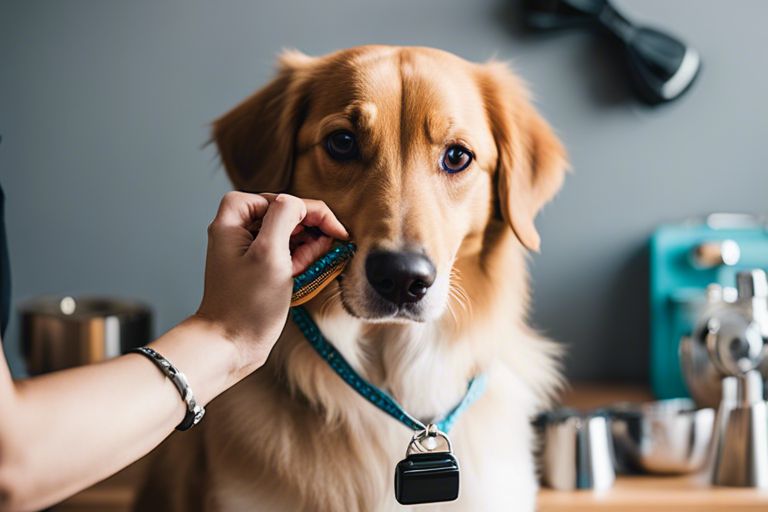
Preparing Your Dog for Measurement
Despite their friendly nature, dogs can sometimes get nervous when it comes to being measured for a new collar. It’s important to take the time to calm and prepare your dogs before taking their measurements to ensure accuracy and to prevent potential stress for your pets.
Calming Your Dog
On the day of the measurement, it’s important to create a calm and soothing environment for your dogs. Take them for a walk, play with them, or give them a relaxing massage to help them feel at ease. If your dogs tend to get anxious, consider using calming aids such as pheromone sprays or calming music to help keep them relaxed during the process.
Proper Handling Techniques
An important aspect of preparing your dogs for measurement is to practice proper handling techniques. Make sure to gently restrain your dogs in a comfortable position, and use treats and praise to keep them calm and cooperative. Avoid any sudden movements or loud noises, as these can startle your dogs and make the process more difficult for both of you.
To ensure the safety and comfort of your dogs, it’s crucial to handle them with care and gentleness when taking their measurements. Using a soft yet firm grip and speaking in a soothing tone can help dogs feel secure and relaxed, making the process smoother and more enjoyable for everyone involved.
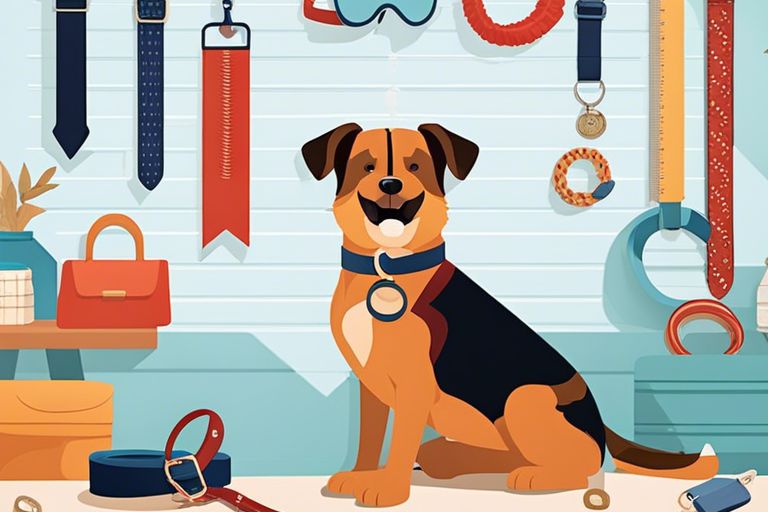
Measuring Techniques
Keep your dog standing in a natural position, not sitting or lying down, as this will affect the accuracy of your measurements. Use a flexible tape measure, as this will conform to your dog’s neck shape better than a rigid ruler or measuring tape.
The Two-Finger Rule
Measuring for a collar using the two-finger rule is a simple and effective method. Place two fingers under the tape measure while it is around your dog’s neck. This will ensure that the collar is not too tight or too loose, allowing for a comfortable fit.
Measuring for Different Collar Types
Measuring for a flat collar, martingale, or buckle collar all require slightly different techniques. For a flat collar, measure around the base of your dog’s neck, adding 1-2 inches for comfort. For a martingale collar, measure the widest part of the head, just below the ears, then add 1-2 inches. Finally, for a buckle collar, measure at the mid-point of the neck and add 2 inches for adjustment. After gathering these measurements, refer to the table below to find the appropriate collar size for your dog.
Plus, when measuring for a harness, it is important to measure around the girth, or the widest part of your dog’s chest, and also around the neck for the proper fit. These measurements are crucial for ensuring that the harness fits comfortably and securely.
Interpreting the Measurements
To ensure the perfect fit for your dogs’ collars, it’s essential to interpret the measurements accurately. After measuring your dogs’ neck, it’s crucial to compare the measurements with the size guide provided by the collar manufacturer. Additionally, take into account any adjustments needed for growth or breed variations.
Adjusting for Growth in Puppies
Adjusting for growth is particularly important for puppies, as they will continue to grow rapidly. When measuring a puppies’ neck for a collar, it’s essential to add an extra inch or two to the measurements to allow for growth. This will prevent the collar from becoming too tight as the puppy grows.
Accounting for Dog Breed Variations
On the other hand, different dog breeds have varying neck sizes and shapes. When measuring a dogs’ neck for a collar, it’s crucial to take into account the breed variations. Some breeds have thicker necks while others have thinner necks, so it’s important to choose a collar that accommodates these variations. The measurement might also differ between small and large breeds, so it’s important to refer to the size guide provided by the collar manufacturer.
When selecting a collar for your dogs, be sure to consider the specific breed variations and measure accordingly. This will ensure a comfortable and secure fit for your dogs’ collars, preventing any discomfort or safety hazards. Ignoring these variations could result in chafing, difficulty breathing, or even the collar slipping off.
Choosing the Right Collar
Unlike shoes or clothing, a collar is an essential tool for your dogs, serving both practical and aesthetic purposes. When choosing the right collar for your canine companions, it’s important to consider their comfort, safety, and your training goals.
Material Considerations
Right off the bat, you’ll want to consider the materials used to make the collar. Dog collars are commonly made from nylon, leather, or metal. Each material has its own advantages and disadvantages, so it’s important to consider your dog’s behavior and any potential allergies.
Types of Collars and Their Purposes
Types of collars vary, each serving a specific purpose. Common options include flat collars, martingale collars, choke chains, and prong or pinch collars. Recognizing the purpose of each collar will help you make an informed decision on what’s best for your pets.
| Flat collars | Everyday use |
| Martingale collars | Prevent escaping |
| Choke chains | Training |
| Prong or pinch collars | Behavior correction |
This comprehensive breakdown of collar types and their purposes can help you make a more informed decision. This is especially important when considering safety, training, and the overall well-being of your furry friends.
When to Choose an Adjustable Collar
An adjustable collar is a great choice for growing puppies, as it can be easily resized as they grow. Additionally, it’s a good option for dogs who tend to gain or lose weight over time, ensuring a comfortable fit at all times.
Choose an adjustable collar if you have multiple dogs with varying neck sizes, or if you simply want a versatile option that can be easily adjusted to fit different breeds.
Common Mistakes to Avoid
For many dog owners, measuring their dogs’ neck for a collar may seem like a straightforward task. However, there are common mistakes that can lead to ill-fitting collars and potential discomfort for your furry friends. Avoiding these mistakes is crucial in ensuring the safety and comfort of your dogs.
Measuring Without Guidelines
To ensure the proper fit of the collar, it’s essential to use a measuring tape or a piece of string to measure your dogs’ neck accurately. Many dog owners make the mistake of estimating the size, leading to collars that are either too loose or too tight. Not following proper guidelines can result in discomfort and potential injury for your dogs, especially if the collar is too tight and restricts their movement and breathing.
Ignoring the Dog’s Comfort
Guidelines for measuring your dogs’ neck for a collar should always prioritize the comfort of your furry friends. Ignoring their comfort can lead to irritation and chafing, especially if the collar is too tight or rubs against their skin. It’s important to consider the materials and design of the collar to ensure that it provides maximum comfort for your dogs, as well as proper fit.
With the wide range of collar options available, it’s crucial to prioritize your dogs’ comfort by choosing a collar that is adjustable and made of soft, breathable materials. Ignoring these factors can lead to discomfort and even potential injury for your furry companions.
Additional Considerations
After measuring your dog’s neck and finding the right size for their collar, there are a few additional considerations to keep in mind. For more information on finding the right size collar for your dog based on their breed, you can check out Dog Collar Sizes – Get Recommend Size by Breed.

